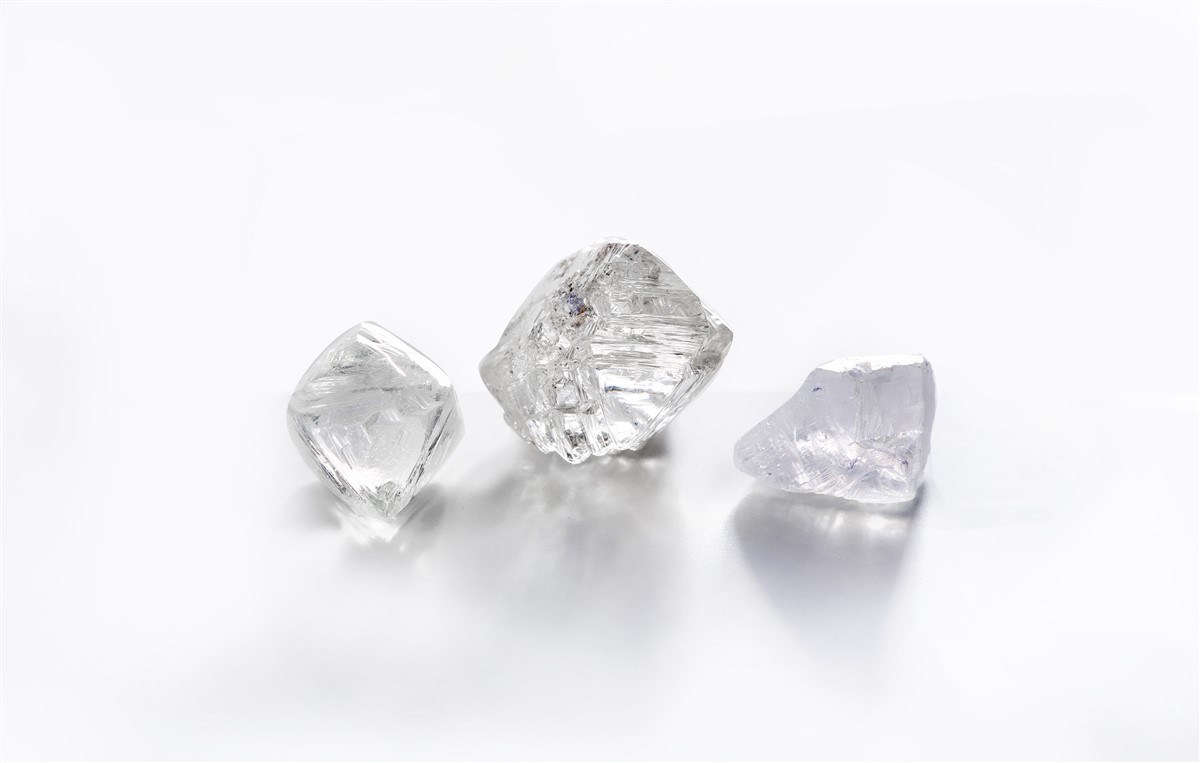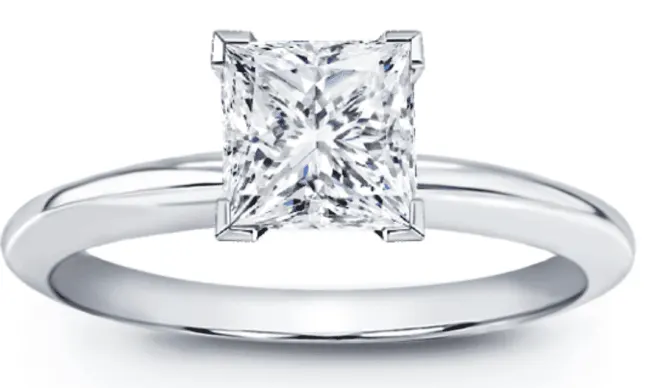Hand me my Crown: Pros and Con's of Princess Cut Diamonds | Rare Carat
Once upon a time, in a far off land, there lived a prince...- oh, who am I kidding....There was no fairy tale.
In fact, the first actual Princess Cut bore no resemblance to the one we recognize today. It was fashioned in 1961 by a London-based diamond cutter, Arpad Nagy, who was trying to make the best cut possible from otherwise hard to sell, industrial flat stones. It's a bit like calling a brown diamond ‘champagne’ colored to get it off the shelves.
Today’s ‘Princess Cut’ evolved from the Barion and Quadrillion Cut designed in the 1970s, designed to maximize yield whilst retaining sparkle and is otherwise known as the ‘modified square brilliant. It was all about the buck.
So, beyond the appeal of such magical beginnings (huh-hum..), why buy it? Why choose it over a round brilliant cut, say?
Making the Most of It
First and foremost, the reason it was conceived in the first place. With a yield of up 90% (so, that’s pretty much most of the rough going into the finished stone) compared to the round brilliant’s meager 40-50%, it is naturally going to cost less to buy, as it has been far more economical to cut. Go in for a one carat Princess cut diamond and you are going to be paying up to a third less than you would for your classic round brilliant.

The Beauty of Symmetry
There is also that trick of the eye. That kink in the brain. It’s a square. Squares look bigger than circles. It’s that corner to corner diagonal. Take that one carat stone again. The diameter of a round brilliant cut is going to measure approx. 6.5 mm. The length of the sides of a one carat Princess may only be 5.5mm, but the diagonal is 7.7mm. It just seems to take up more space. Bigger (seeming) stone, greater impact. Simple.
Keeping it Clean
On the subject of illusion, you are also onto a winner with respect to the clarity. Unless there is a great, fat, dark inclusion at the heart of the stone, most little flaws within a Princess Cut will be rendered invisible by the bounce of the light caused by the facets on the base (pavilion) of the diamond. So, there is no need to fork out for a Flawless. You can easily get away with a slightly included (SI1) clarity grade.
Saying that, it is very much down to how ‘bouncy’ the light is. Two factors that will affect this are:
The proportions of the stone. If a diamond is proportioned correctly, more light will be bounced back to the eye. The table facet should be about three-quarters the size of the total width of the top of the stone (62%-72%) and the depth of the diamond should be around the same, at 64 - 75%. (stats available on the grading report.)
The number of chevrons (the arrow-like facets that make up the four-pointed star on the pavilion). The higher the number of chevrons (ie. the slimmer the central cross across the center of the pavilion), the bouncier the light. The bouncier the light, the more sugar-frenzied the sparkle in the stone.
Even a Princess isn't Perfect
All this said, it isn’t always ‘happily ever after.’ The Princess cut does have a few weak spots.
A Little Off Color
Anything other than a round brilliant cut (ie. a fancy cut) is going to brazenly parade any hint of body color when viewed from above. So, if the diamond draws any yellow (H/I or below - what I like to call ‘saying ‘HI’ to color in a diamond), you are going to know about it. And if it's a colorless diamond you are after, that can be problematic. Give the Princess its due, mind. As it only just under-performs the round brilliant cut in light performance, you can get away with quite a lot. Rule of thumb: you can go down to a J color, if you set it in white gold or platinum.

Go Square or Go Home
No lessons in geometry here. It’s simple. If a Princess Cut - or ‘modified square brilliant’ - isn’t square, then it isn’t going to look right. The length should equal the width. End of.
Don’t Knock It
A Princess Cut’s best feature is also its worst. Its corners. Four delicate points of screeching vulnerability - particularly if there is a hint of a feather (a poetic term for a fracture) hidden in any of them. If I was going to flag up any of the Princess’s faults, it would be this one. Make sure your prong setting is sturdy. Check the plot on the grading report for any untoward inclusions that would otherwise be hidden by the sparkle of the stone.
Role Credits.


Princess Cut Diamond FAQs